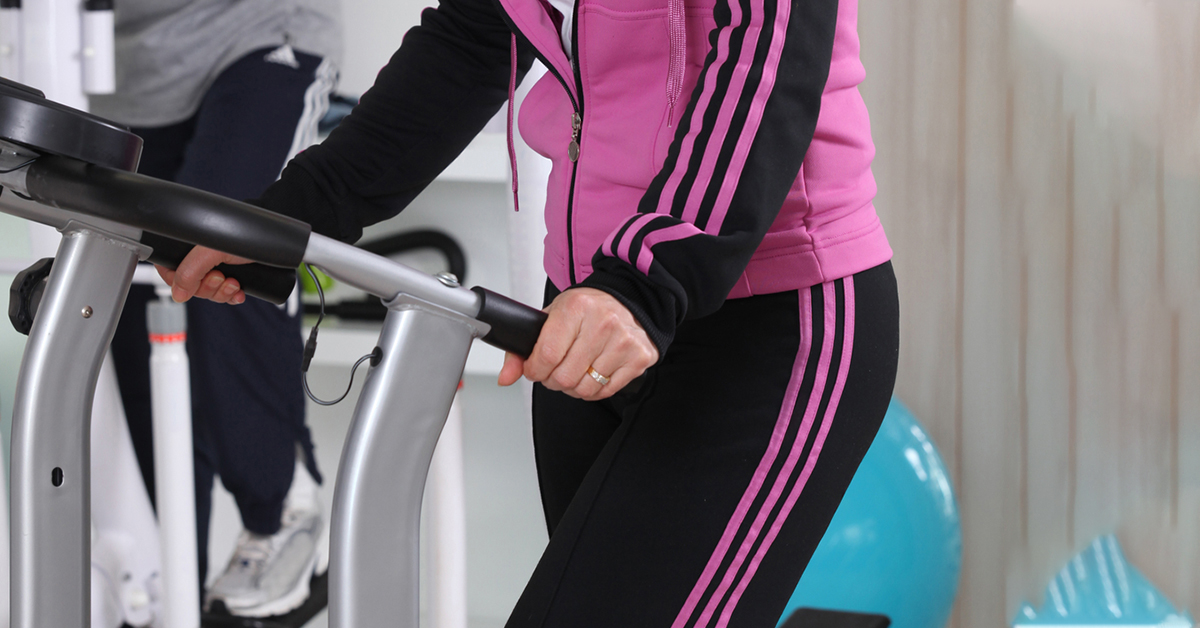
Posture and Hips
Good posture is essential for musculoskeletal health. While health professionals once recommended “standing up straight” as the way to achieve and maintain good posture, today’s experts take a much more advanced and effective approach. They (1) analyze all structures that affect posture (2) determine which structures may be causing posture deviations (3) come up with specific corrective measures to improve deviations. More so than any other structures, the positions of the spine, hips, and pelvis dictate a patient’s overall posture. In today’s post, we will be exploring the two most common posture deviations of the hips and pelvis.
Hip Elevation
Description – Hip elevation occurs when one hip is higher than the other. Simple ways for patients to tell if they have hip elevation are to look in the mirror or take a picture of themselves. Another way to tell if a hip is elevated is to stand up straight and pay careful attention to the amount of weight that is being placed on each leg. If one leg experiences more weight than the other or muscle tightness imbalances are noticed, the patient may have an elevated hip.
Causes – The three gluteal muscles (gluteus maximus, gluteus minimus, and gluteus medius) make up the buttocks and have the important jobs of extending the hip, rotating the hip, and moving the hip away from the body (abduction). An imbalance in strength or length of the gluteal muscles will cause one hip to be pulled down.
Symptoms – Because gluteal muscle imbalances cause patients to overcompensate and use one leg more than the other, muscle imbalances that are left untreated typically increase in severity and can potentially cause posture deviations that lead to the following:
- Lower back pain
- Hip pain
- A decrease in athletic performance/physical fitness
Luckily, hip elevation is easily correctable when it is diagnosed and treated by a trained orthopedic specialist or physical therapist.
Corrective measures – An exercise routine geared towards stretching and strengthening the gluteal, thigh, abdominal, and lower back muscles will help correct muscle imbalances that are causing hip elevation. When patients participate in a prescribed exercise routine for a few weeks, they will begin to see their hips even out in height and will experience an increase in hip and pelvis range of motion.
Anterior Pelvic Tilt
Description – The pelvis controls the curvature in the lumbar (lower) spine. When the pelvis tilts forward, a condition known as anterior pelvic tilt develops. Patients who have anterior pelvic tilt typically have an increased arch in their lower back and stand with their buttocks sticking out and their abdomen protruding forward.
Causes – The hip flexors are a group of muscles that are responsible for moving the thigh up and toward the abdomen. The hip extensors are a group of muscles that perform the opposite motion, moving the thigh back toward the buttocks. Anterior pelvic tilt occurs when the hip flexor muscles shorten and the hip extensor muscles lengthen due to prolonged sitting. Some common activities that put patients at risk to experience anterior pelvic tilt include the following:
- Working at a computer
- Leaning over while using a mobile phone
- Studying or working at a desk
Patients who participate in these activities on a daily basis are encouraged to stand up every thirty minutes and walk around or stretch.
Symptoms – The additional curvature of the lumbar spine caused by anterior pelvic tilt may cause back pain. If a postural correction is not made, anterior pelvic tilt may lead to a herniated disc, osteoarthritis, or spinal stenosis. Athletes and active individuals with anterior pelvic tilt will see their performance and fitness level decline if a postural correction is not made.
Corrective measures – Once anterior pelvic tilt has been diagnosed by an orthopedic specialist or physical therapist, an exercise regimen to address hip flexor and extensor imbalances can be created. A typical plan includes exercises that will help stretch and strengthen the hip flexor and extensor muscles and the muscles of the abdominals, lower back, buttocks, hamstrings, and thighs. Patients who adhere to their exercise program can expect to see posture improvements.
Seeking Treatment
Patients who are concerned about their posture or are in pain because of hip elevation or anterior pelvic tilt are encouraged to make an appointment with an orthopedic specialist. Delaying a diagnosis can lead to posture problems getting worse. Once an effective treatment program is prescribed and subsequently adhered to, posture deviations are easily correctable.
